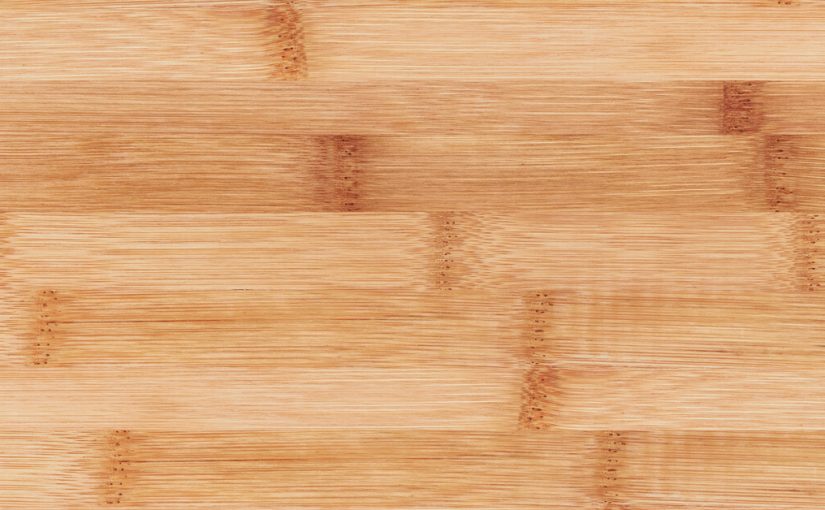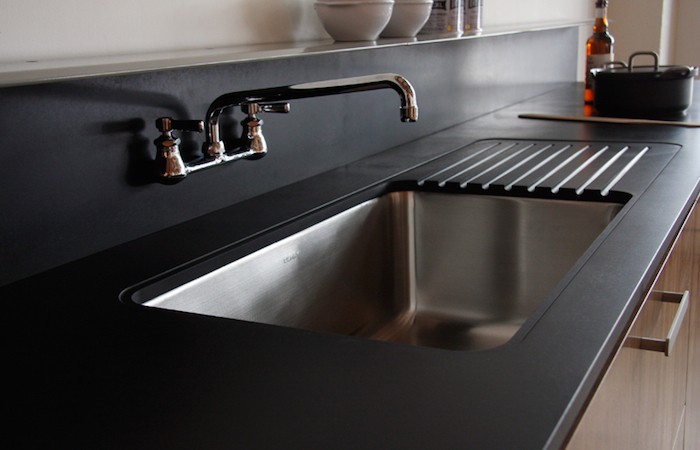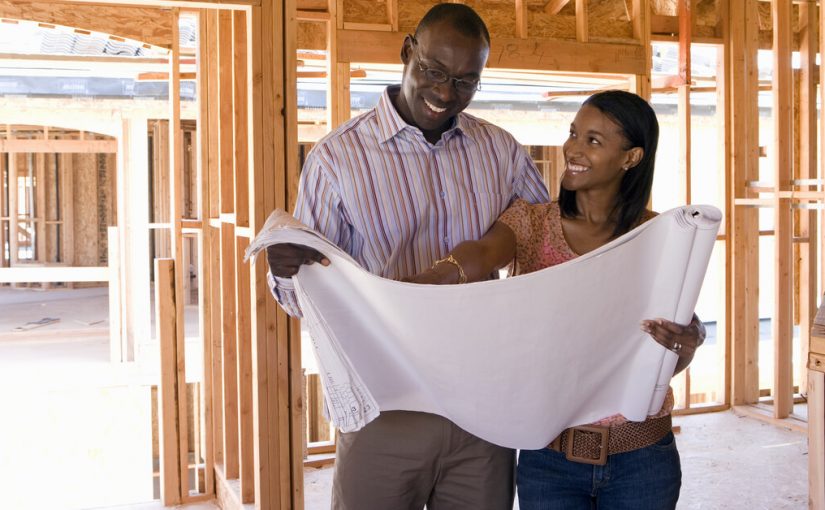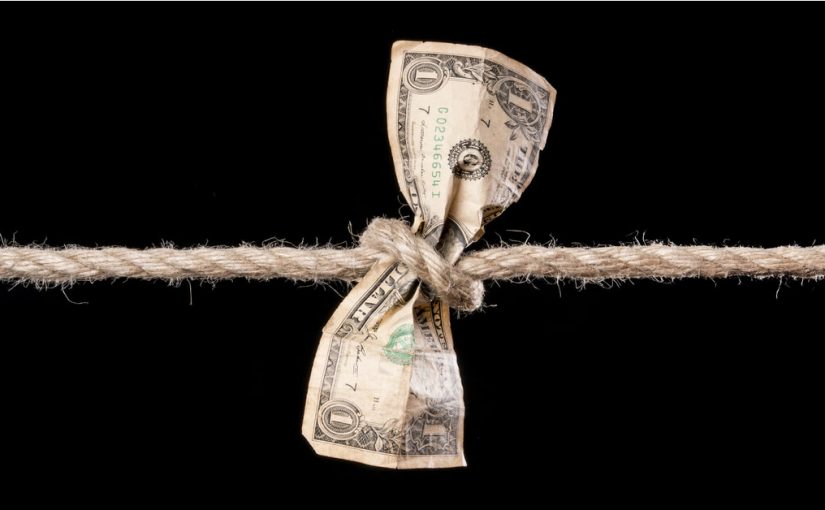(3-min read)
On the heels of our recycled paper countertop piece, now we dive into another little-known countertop material — bamboo! Let’s get an idea of what we’re dealing with as well as the pros and cons of the material.
How Bamboo Countertops are Manufactured
Bamboo countertops are manufactured in a very similar fashion to certain varieties of butcher block or plywood countertops. Thin sheets of bamboo are bound together using specially formulated resins and heat to make a tough and durable surface that is fashioned into any style.
The Pros of Bamboo Countertops
- Relatively inexpensive: Due to the short amount of time it takes to grow and the relatively straight-forward manufacturing process, bamboo countertops are among the more affordable options for those looking for unique countertop material.
- Environmentally friendly: Bamboo is an extremely fast-growing material that requires few resources to grow. Unlike regular wood, bamboo can be ready to harvest very quickly and literally grows like a weed.
- Aesthetically pleasing: Bamboo is a reasonably attractive material. This is heightened by the availability of intricate layerings of sheets of bamboo for a single countertop.
- Antibacterial: Bamboo is naturally non-porous and doesn’t facilitate bacterial growth.
- Very hard and sturdy: Bamboo is known as an extremely hard material with some varieties found to be harder than even oak or maple.
The Cons of Bamboo Countertops
- Not stain or water-resistant: Though very strong, bamboo by itself is not as resistant to water damage or stains from various solutions. While combatted with sealants, dents in the resin can expose bamboo to moisture that can lead to damage.
- Not heat resistant: For as hard as it is, bamboo is a natural material, making it susceptible to scorching at high temperatures.
- Visible seams: Because bamboo is often provided in a plywood or composite material, any single board of bamboo will contain many visible seams.
- Not a large variety of color options: The composition of bamboo limits the color options for consumers. While most will select bamboo for its natural aesthetic, this may inhibit one’s ability to match tones across various kitchen color schemes consistently.
- Susceptible to denting and chipping: Though hard, bamboo is not impervious to dents or chips from very hard kitchen elements. These can damage the sealant coating, but this is frequently easily repaired even by those with limited wood maintenance know-how.
- Occasional maintenance: Over time, bamboo countertops will require upkeep in the way any such wood table top would. This usually involves sanding and resealing the surface of the countertop. Though somewhat of a hassle, this is not nearly as labor-intensive as some other countertop material options. When maintenance is performed, it is crucial that food-safe sealants and coating are used.
When properly cared for, bamboo countertops can be an attractive option for a variety of household furniture applications.
What are your thoughts on bamboo countertops? Would you consider installing them in your kitchen or bathroom?
Why buy when you can build?
If you’re interested in building the home of your dreams in the greater Tulsa, Oklahoma area, you’re invited to learn more about your friends at Perry Hood Properties.






